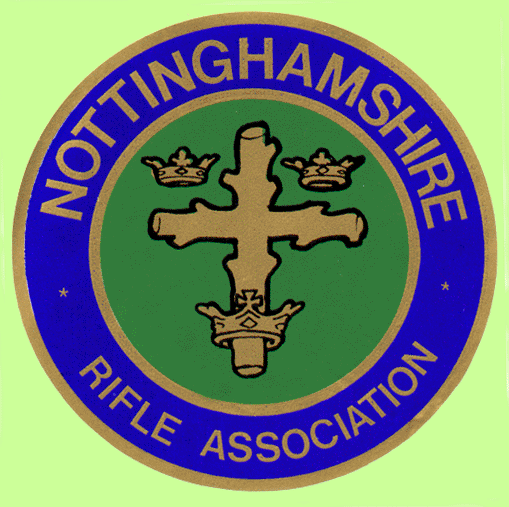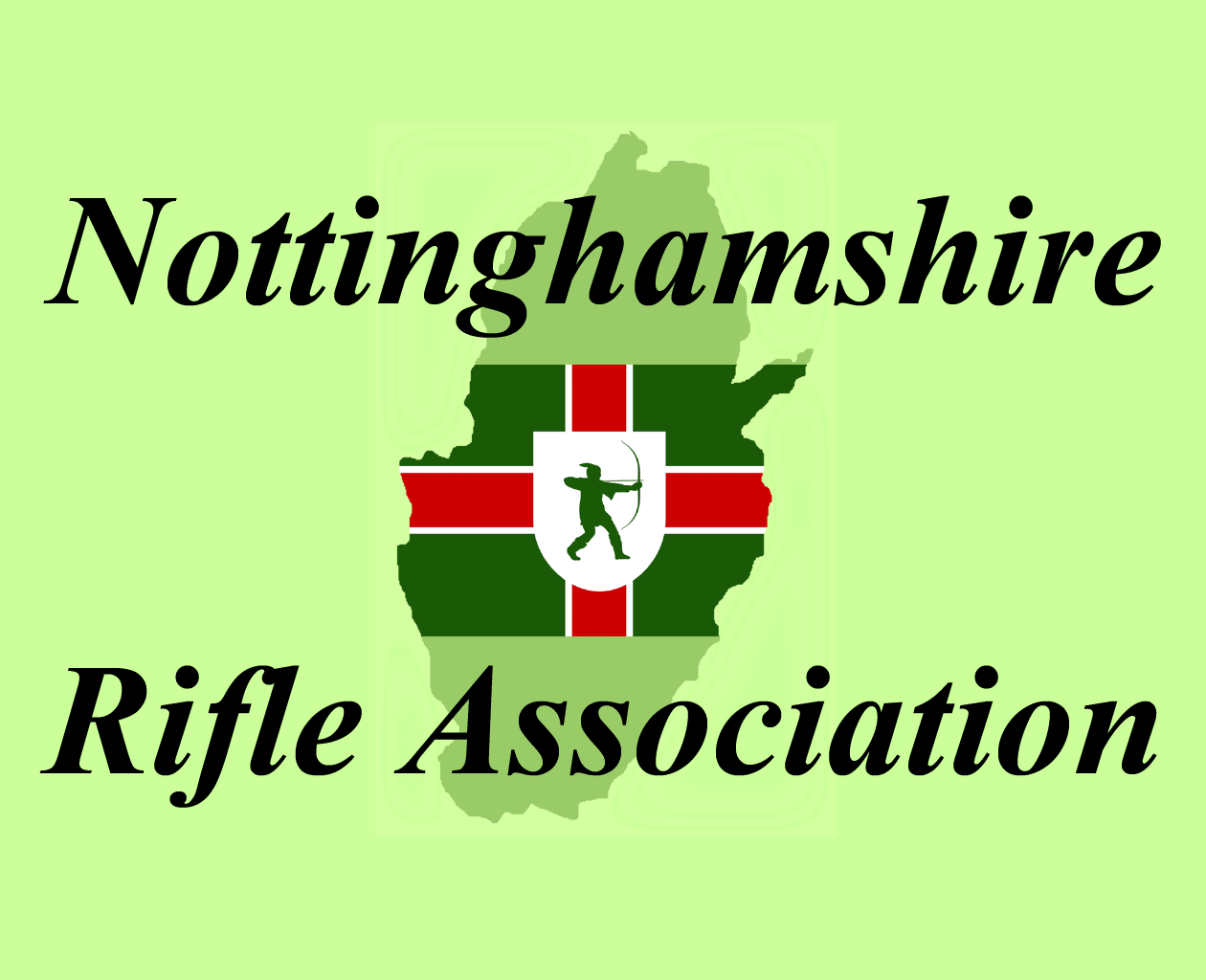The Robin Hood Rifles' Collection of Relics
This is an interesting account of the memorabilia kept in the Non-Commissoned Officers' Mess of the Robin Hood Rifles and gives many references to the history of the regiment.
Nottingham Evening Post, Thursday, 18 July 1907
UNIQUE COLLECTION OF RELICS.
A VICTORY OVER AUSTRALIA.
How many members of the Robin Hood Rifles have sought the history of the regiment in the objects that cover the walls of the non-coms' mess? And how many are conversant with the history of the mess itself?
When it was inaugurated it was merely a clubroom. Now it is something more. It is a museum with an interesting and valuable collection. Some of the articles have been acquired by purchase, others have been from presented from time to time, and others may be said to have drifted in from nobody knows where.
Twenty-seven years ago, Colonel Seely, who then commanded the regiment, gave the non-commissioned officers permission to furnish one of the rooms of the old headquarters in Castle-gate as a mess, and the original roll of membership, which hangs in the present building, contains the names of 21 officers, who were honorary members, and 70 non-coms. Half a sheet of notepaper was sufficient to hold the balance-sheet. Now there are 200 members.
THE FIRST CALL.
One of the objects to excite sympathetic interest is the battered old bugle on which the first calls in the regiment were sounded. It belonged to Bugle-Major Raper, who handed it on to Sergt.-Bugler White, son of the famous adjutant, but for many years it kicked about at the butts. Now it is hallowed in its resting place.
There is no portrait extant of the first commander of the Robin Hoods, Col. Crawford, who led the regiment from 1859 to 1861, but on the walls of the mess are pictures of all the other commanders - Colonel Chas. Ichabod Wright (1861-1875), Colonel Sir Chas. Seely (1875-1891), and Colonel Cantrell-Hubbersty, who was appointed on June 22nd, 1892, and is still serving. The oil-paintings of Sir Charles Seely and Colonel Cantrell-Hubbersty were executed and presented by Sergeant F. Warsop (R), in addition to a portrait of Major White. Photographs of every adjutant, from Major White down to the present day, are also hung in line.
BEST IN ENGLAND
Of prints and photographs there is no end, but one is worthy of special notice. It depicts ten members of the Robin Hood Rifles, as the representatives of England, shooting at the Sudbury range, Derbyshire against Australia on October 3rd, 1863.
The Milang Rifles, as the corps which had produced the greatest number of marksmen in Australia in 1862, challenged the regiment occupying a similar position in England, and as the Robin Hoods held that distinction they cheerfully took up the gauntlet. Seven shots were fired at no less than eight distances, from 200 yards to 900 yards, and the Robin Hoods were victorious by only seven points. In a return match, however, the Robin Hoods came out winners by 120 points.
Of the men who shot in those memorable contests the only survivors to-day are Mr. R. Evans, J.P., who was a lieutenant, and Mr. J. H. White, who was a private.
Hanging by the side of a signed portrait of Bishop Brindle, the first army chaplain to be awarded the Distinguished Service Order, is an autograph portrait, presented by himself, of the late Rev. J. W. Adams, the only clergyman V.C.
A valuable engraving of the Duke of Wellington as he appeared on the day of public thanksgiving at St. Paul's, after Sir Thomas Lawrence, R.A., and presented by Mrs. Foster, occupies a prominent place.
The two Nottingham heroes of the Balaclava charge, the late Sergeant Morley and Trooper M. Holland, have their little corner, and the men of the regiment who went to the South African war are honoured. The groups include the recipients of the first issue of the long service medal on April 28th, 1895.
QUAINT HEADGEAR
Specimens of forms of head-dress worn by the regiment are carefully preserved. First there was the "pork-pie" cap, with straight peak and plume; then the shako with green cock's tail plume. The plumes were worn in the shako till about 1865, when they were replaced by the "bob". There are also a haversack and cartridge pouch as worn by the Nottingham Riflemen in 1812.
This is only one side of the unique collection. The curious implements of war which have been brought together will form the subject of a subsequent article.
Transcript from Nottingham Evening Post 1907
British Library Newspaper Archive

